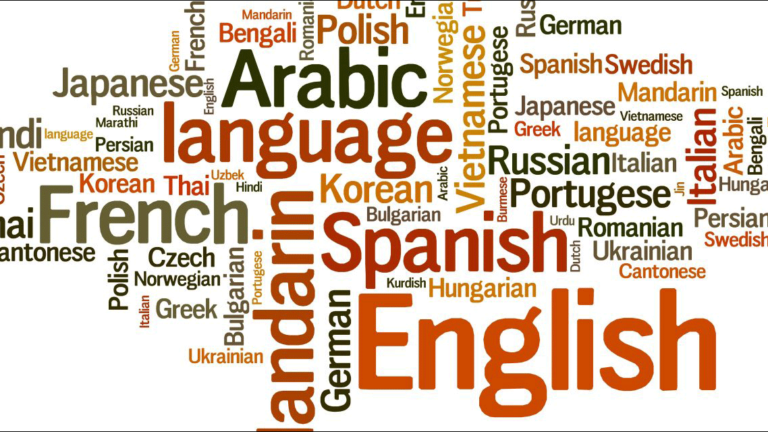Online translation https://lingvanex.com/translation/english-to-tagalog has become an indispensable tool in our interconnected world, facilitating cross-cultural communication and breaking language barriers. However, various linguistic specificities pose significant challenges for achieving accurate and contextually appropriate translations. In this article, we will explore the complexities that arise during online translation and how these challenges can impact the quality of machine-generated translations.
Polysemy and Homonyms
One of the primary challenges in online translation is dealing with polysemy and homonyms. Polysemy refers to words that have multiple meanings based on the context in which they are used. Similarly, homonyms are words that share the same spelling or pronunciation but have different meanings. Machine translation algorithms may struggle to discern the correct meaning, leading to inaccuracies in the translation.
Idioms and Phrases
Idiomatic expressions and phrases often pose obstacles in online translation. These linguistic constructs carry meanings that cannot be inferred from the individual words they comprise. Machine translators may interpret idioms literally, resulting in nonsensical or misleading translations. Understanding the context and cultural background is essential to providing accurate equivalents for idiomatic expressions.
Grammatical Differences
Different languages have distinct grammatical structures and rules governing word order, verb conjugation, and sentence formation. Machine translation systems, which rely heavily on statistical patterns, may not always capture the nuances of grammatical differences, leading to awkward or incorrect translations.
Cultural Nuances
Language is intrinsically tied to culture, and many words and phrases have connotations and associations unique to a particular culture. Machine translators lack cultural awareness and may not recognize these nuances, potentially causing misunderstandings or inappropriate translations.
Word Sense Disambiguation
Word sense disambiguation is the process of determining the correct meaning of a word based on the context in which it appears. Machine translation models face challenges in accurately identifying the intended meaning of ambiguous words, especially in the absence of sufficient contextual cues.
Specialized Terminology
Certain domains, such as legal, medical, or technical fields, use specialized terminology that requires expert knowledge for accurate translation. Machine translators https://lingvanex.com/translation/english-to-hindi may not have access to domain-specific glossaries, leading to inaccuracies when translating technical content.
Tone and Style
Preserving the tone and style of the original text is essential in maintaining the intended message and emotional impact. Machine translation may not always capture the author’s unique style, resulting in a loss of the text’s original voice and tone.
While online translation has made remarkable strides in enhancing global communication, it still grapples with the challenges of linguistic specificities. The limitations of machine translation call for a thoughtful and nuanced approach to using these tools. Human expertise, cultural understanding, and context are indispensable in ensuring accurate and culturally sensitive translations. As technology continues to evolve, addressing these linguistic challenges will be crucial in advancing the field of online translation and promoting effective cross-cultural communication in the digital age.





